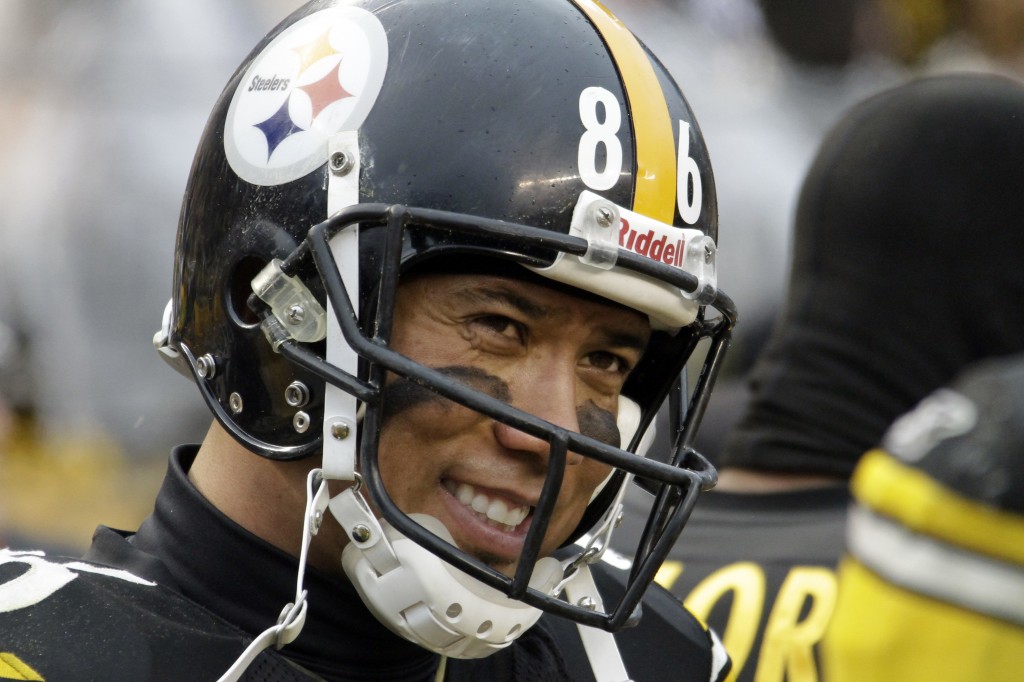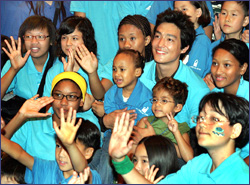- California Assembly OKs highest minimum wage in nation
- S. Korea unveils first graphic cigarette warnings
- US joins with South Korea, Japan in bid to deter North Korea
- LPGA golfer Chun In-gee finally back in action
- S. Korea won’t be top seed in final World Cup qualification round
- US men’s soccer misses 2nd straight Olympics
- US back on track in qualifying with 4-0 win over Guatemala
- High-intensity workout injuries spawn cottage industry
- CDC expands range of Zika mosquitoes into parts of Northeast
- Who knew? ‘The Walking Dead’ is helping families connect
[CNN] Multiracial identity: Study looks at role of money, gender and religion
[CNN] — For Kip Fulbeck, the son of an American father and Cantonese mother, identity is all about context.
Growing up in Southern California, among his Taiwanese and Chinese relatives he was the white kid who didn’t speak their language, appreciate their food or understand their customs. At public school in the San Gabriel Valley, classmates picked on him for being the only Asian student.
“It was bizarre and confusing being beaten up and called a ‘Chinaman’ when I was certain — even told by my siblings and cousins — that I wasn’t Chinese,” said Fulbeck, an art professor at the University of California, Santa Barbara, known for his work promoting multicultural awareness.
Fast forward a few decades and people of mixed racial backgrounds have become more common. Multiracial Americans account for 6.9% of adults and are growing three times as fast as the population as a whole, according to a 2015 Pew report. Interracial couples accounted for 10% of heterosexual married couples and 21% of unmarried same-sex partners in 2010, according to Census data.
And yet, studies show that racial identity can still be fluid for this growing population.
As their numbers and profile rise, researchers say the labels they use to self-identify, and why they choose them, pose social and political consequences for the American racial landscape. [READ MORE]


















